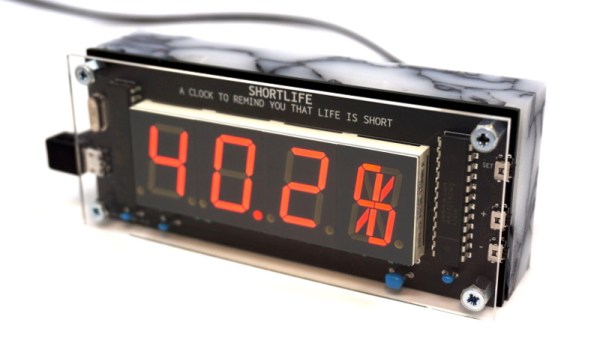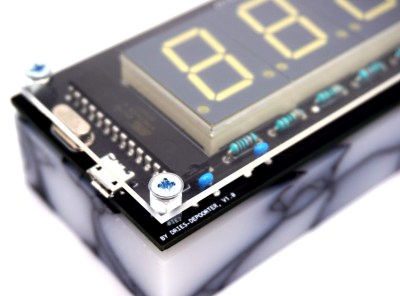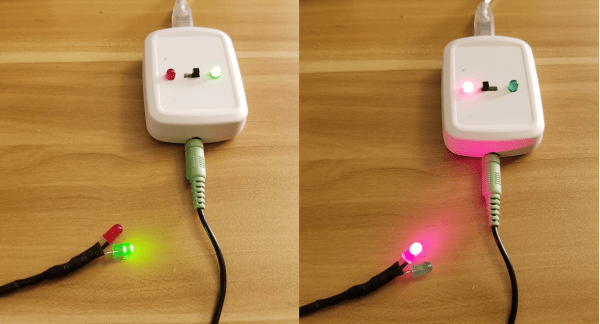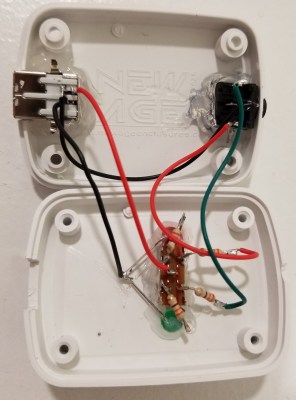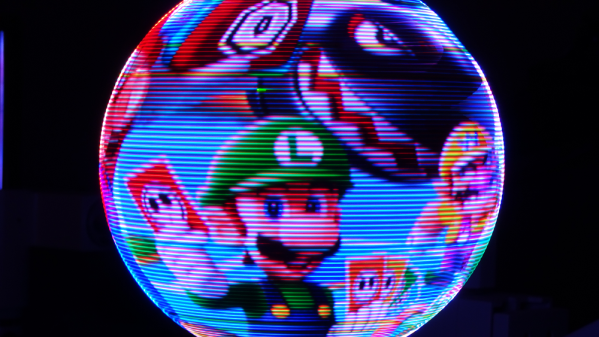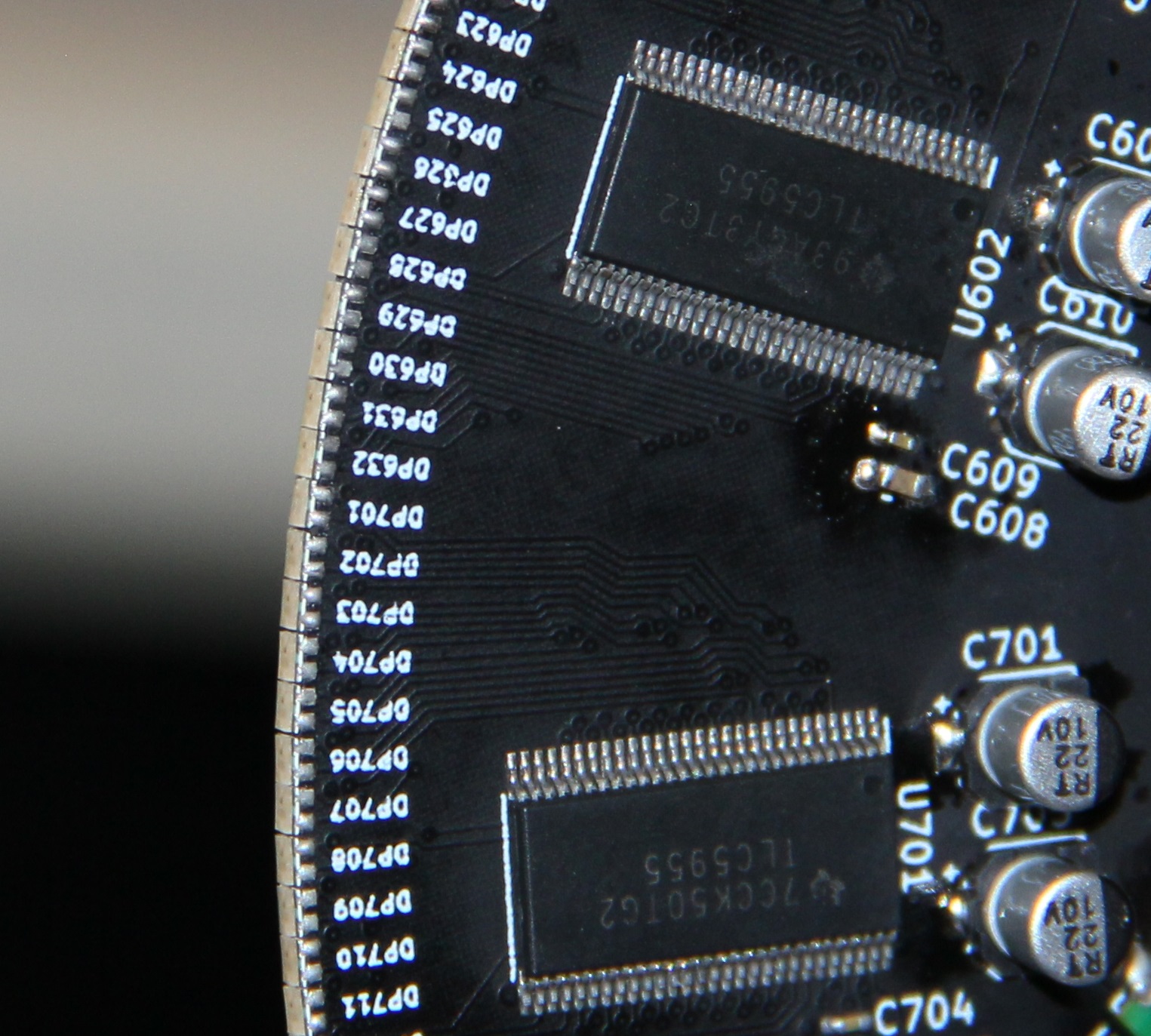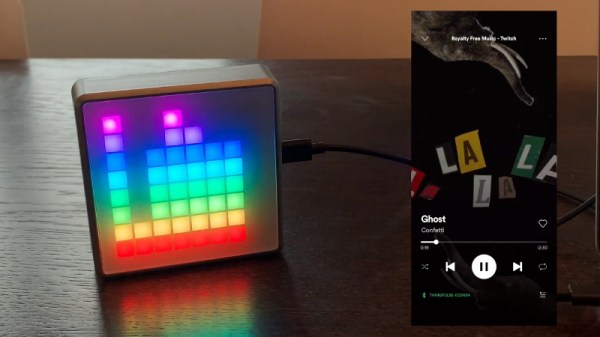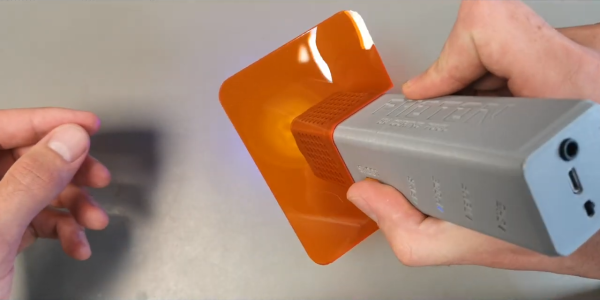[BrittLiv] loves Pokémon and has always wanted to make giant versions of them. Now that they’ve moved out of that apartment, it’s time to make those childhood dreams come true and fill the garden with Pokémon. First up is Charmander, one of [BrittLiv]’s absolute favorites and a perfect candidate for a flame tail that uses the guts of a solar garden lamp. The flame comes on automatically when it gets dark and has three modes: steady on, fade in and out, or flame emulation mode.
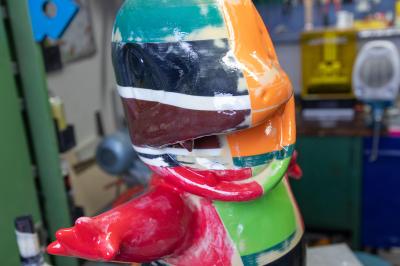 [BrittLiv] started with an open-source Charmander model and added a thread to the flame and the corresponding end of the tail. We love that [BrittLiv] was able to use up a bunch of old filament to print this — a total of 5kg worth over 280+ hours of print time.
[BrittLiv] started with an open-source Charmander model and added a thread to the flame and the corresponding end of the tail. We love that [BrittLiv] was able to use up a bunch of old filament to print this — a total of 5kg worth over 280+ hours of print time.
[BrittLiv] added lead ballast in the feet for weight while gluing the pieces together and sealed it off at the ankles with epoxy. The entire outside surface was sanded and smoothed with clay and Bondo before getting epoxy, primer, black primer, and then a copper automotive paint that turned out to be too bright. Charmander ended up with copper paint that patinas, which is why it looks so much like a real statue. Check out the build video after the break.
There’s no word on whether there’s a future where Charmander’s flame steams when it rains, but [BrittLiv] does have plans to expand the garden with a Squirtle fountain and a Bulbasaur planter.
Want to add tangibility to Pokémon Go? Just add real pokéballs.


